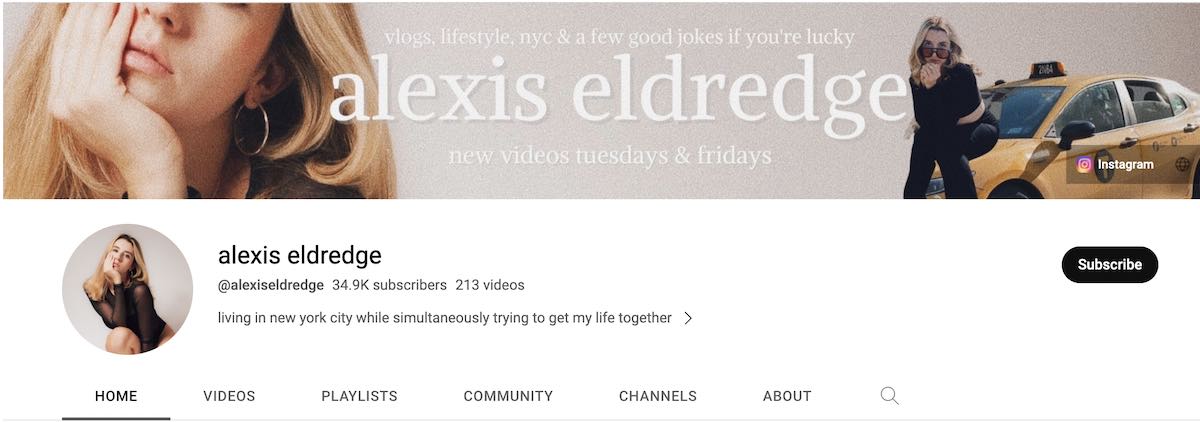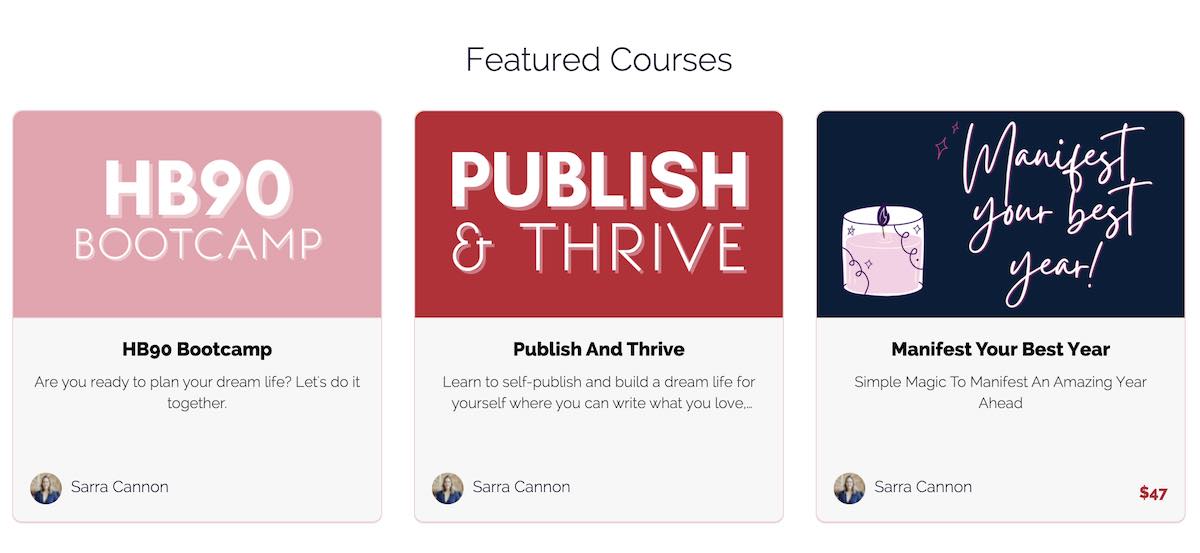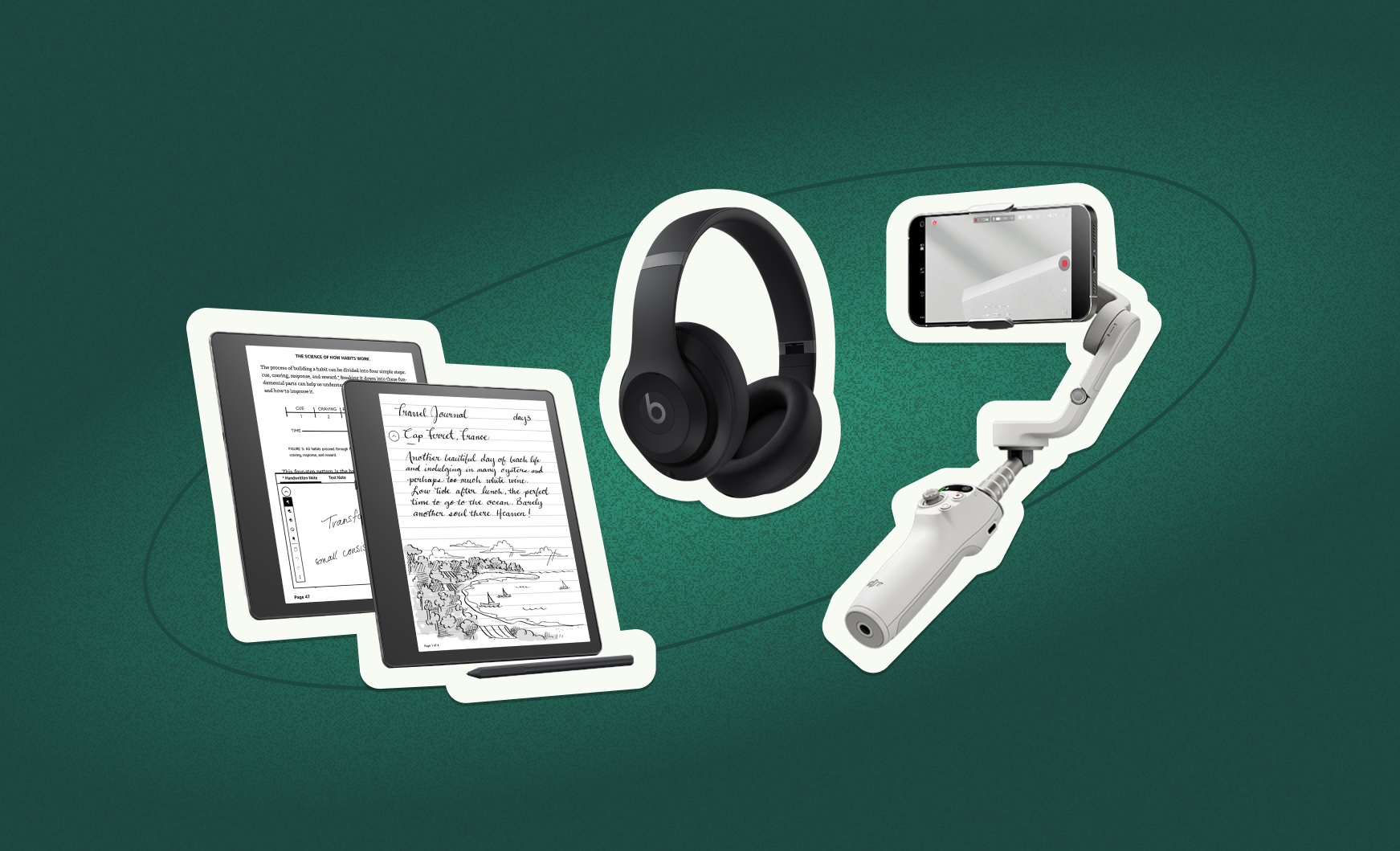
Today, there are many ways you can make money online, and YouTube is just one of them. That said, there’s a wide gap between how much the highest earners and the average YouTuber makes. So, how much does YouTube pay on average, and can you actually make money from your own YouTube videos?
You can find a lot of advice online on how to start a YouTube channel. But, monetizing a YouTube channel is a bit more complicated than it looks on the Internet.
Let’s take a closer look at how creators make money on YouTube and how much YouTube pays.
How much top YouTubers make
According to Forbes’s 2022 list, the highest-paid YouTubers were Mr.Beast, Jake Paul, and Markiplier. Let’s look at their audience size and earnings below.
These numbers are high, and they’re not what the average YouTube creator makes.
By comparison, YouTube creator Cathrin Manning has nearly 500,000 subscribers and averages around $8,000 per month in ad revenue.

Lifestyle YouTuber Alexis Eldredge has 39,000 subscribers and earns between $500 and $1,500 monthly.

How much do YouTubers make on average?
As these statistics show, how much YouTube pays creators varies widely:
- On average, YouTube pays $.01 to $.03 per view. Most creators fall around $.018 per view or $18 per 1,000 views.
- The top 3% of channels earn around $16,800 per year from ad revenue. (Bloomberg)
- The average YouTube content creator earns around $1,269 per week or $5,499 per month. (Zipplia)
How much you make on YouTube depends on many factors including:
- CPM or cost per 1,000 views
- Location
- Niche and audience
- Number of subscribers
Although pay varies, we can look at the various ways creators make money on YouTube to get a better estimate of your possible earnings.
{{recordgreatvideo-component="/blog-shortcodes/popups4"}}
Ads: How much does YouTube pay per view?
The primary way creators make money on YouTube is through ad revenue. This simply means YouTube shares a cut of revenue with eligible creators when viewers watch ads that appear on their videos.
But, earnings aren’t based purely on the number of video views, but rather on ad views. Each YouTuber has an individual CPM (cost per 1,000 views), which tells us how much a creator makes for every 1,000 views.
CPMs vary by creator and niche. Looking at Google’s AdSense calculator, rates range from $4 to $24 per 1,000 video views. So, how does this translate into earnings?
Reaching a million views is when YouTubers start to see significant earnings. YouTubers who have over a million subscribers make around $60,000 per year. Growing your Youtube subscribers is no easy feat though—only 42,000 channels have more than one million subscribers.
Your niche also impacts your earnings per view. Some of the niches with the highest CPMs include:
Again, these numbers aren’t set in stone. The more engaged your audience is, the more ads they watch on your videos, and the higher your CPM. Therefore, you’d be wise to focus on building an engaged audience and creating other income streams to make more money.
YouTube Partner Program
But before you even start to make money on YouTube, you’ll need to join the YouTube Partner Program (YPP).
As a member of the YouTube Partner Program, you can place ads on your videos and monetize your content. To be eligible, your channel must meet these requirements:
- Live in a region where the YouTube Partner Program is available
- Adhere to YouTube’s community guidelines
- Accumulate more than 4,000 valid public watch hours in the past 12 months
- Have a minimum of 1,000 subscribers on your channel
- Possess a linked Google AdSense account

If your channel fulfills these criteria, you’re eligible to apply for the YouTube Partner Program. Once YouTube approves your application, you can start monetizing your videos.
Types of YouTube ads
What type of ads you run on your videos will also affect how much money you make per video view. YouTube has different ad formats you can place on each video:
- Skippable ads (long ads you can skip after 5 seconds)
- Non-skippable ads (longer 15-20 second ads)
- Bumper ads (short ads at the beginning, unskippable)
- Back-to-back ads (short ads that play one after another, unskippable)
You can also monetize YouTube Shorts, aka vertical videos that are usually under 60 seconds.
Although, keep in mind the CPM for YouTube Shorts tends to be much lower than traditional videos. Part of the reason why is simply the short format, so naturally, viewers see fewer ads.
How to make money on YouTube
But, making money through YouTube ads isn’t the only way to monetize your YouTube channel.
Other ways YouTubers make money include:
- Affiliate marketing: Promote products or services and earn a commission on sales made through your referral links.
- Products and courses: Sell your own digital products or online courses to viewers.
- Merchandise: Creators create and sell branded merchandise directly to their audience.
- YouTube membership: Viewers support creators through a monthly fee and get access to exclusive content and perks.
- Sponsorships: Brands pay creators to feature their products or services in videos.
We’ll dive into each a bit deeper below.
1. Affiliate marketing
Affiliate marketing is a straightforward way to boost your YouTube income. Simply put: You promote products you enjoy and earn a commission from sales made through your unique affiliate links.
How to do it:
- Identify the products you love and want to endorse. This could be anything from the equipment to products you use to create videos.
- Sign up for affiliate programs. You can search for the brand name and affiliate program to find them.
- Include these links in your YouTube video descriptions. Direct your viewers to the description of your videos, where they can find the link and make a purchase.
For example, YouTuber Jules Acree includes a few sentences in video descriptions for paid partnerships. It includes her affiliate link and a promo code.

It’s also common to include a list of products that you feature in videos with affiliate links to purchase them. Further down in Jules’s video description is a list of clothing she wears in the video and links to buy.
2. Products and courses
According to YouTube’s latest report, one of the top three ways creators supplement their income is by selling their own products and services.
With ad revenue, you only get a small percentage (55%) and Google gets the rest. Whereas, when you sell your own digital downloads, online courses, and other products, you get most of your revenue. A small (5%-10%) usually goes toward tools, platforms, and supplies to create and sell your products, but most of that hard-earned revenue is yours.
Another benefit to selling these types of products is that digital products take minimal upfront investment since you’re primarily investing your time and expertise. Unlike physical merchandise, they can be sold indefinitely without any inventory or shipping hassles.
Many YouTubers use Teachable to create and sell their products or coaching services.
Examples of digital products you can sell with Teachable include:
- Online courses
- E-books or digital guides
- Printable worksheets
- Social media design templates
- Digital planners or calendars
- Journals
- Fonts
- Spreadsheets
Learn how to create and sell an online course using your pre-existing YouTube videos in three days.
Teachable example:
Sarra Cannon is an indie author and has a YouTube channel with around 10,000 subscribers.

Alongside her book sales, she also offers writing and publishing courses through Teachable.

3. Merchandise
That said, tangible products are still marketable. YouTubers with large audiences (usually over one million), sell merch and physical products. The biggest YouTubers like PewDiePie (111 million subscribers) and Emma Chamberlain (12 million subscribers) sell merch and launch other businesses.
For example, PewDiePie launched his own line of energy drinks with GFuel.

While Emma Chamberlain founded Chamberlain Coffee, selling tea, coffee, matcha directly to her audience.

You don’t need to be a huge YouTuber to start selling merchandise, but you may want to wait until you get at least 100,000 subscribers to make the investment. You’ll have startup costs to create your own merch, store inventory, and ship products that you don’t have for digital products.
However, if you want to jump into merch sales, you can also start small, with low-cost physical products like stickers and t-shirts. Then, expand into other higher-cost products when it’s time.
4. YouTube memberships
YouTube has a channel membership feature that allows creators to offer paid subscriptions to their viewers.

It’s a beneficial way for creators to earn income for three reasons:
- Direct support: It provides fans an opportunity to directly support their favorite creators by paying a monthly fee.
- Exclusive content: In exchange for their support, members gain access to exclusive content not available to regular viewers. This could include behind-the-scenes footage, early access to videos, members-only live chats, and more.
- Consistent income: Unlike ad revenue, which can fluctuate based on views and CPM, memberships offer a more stable and predictable income stream.
YouTube channel memberships are most effective for creators with a loyal audience that’s willing to pay for extra content and engagement opportunities.
5. Sponsorships
One of the most profitable ways to make money on YouTube is through sponsorship deals. YouTube sponsorships, where brands pay creators to promote their products within videos and other forms of content, usually bring in more money than ad revenue.
According to the 2023 report from influencer marketing platform IZEA, here’s the average cost for a brand to sponsor a YouTube post by subscriber size.
To get sponsorships, follow these tips:
- Grow your channel and audience: A larger, engaged audience generally means more value to sponsors.
- Create a media kit: You’ll send a media kit, a deck of your channel stats, sponsorship packages, and value to help brands decide to partner with you.
- Join influencer or creator marketing platforms: Platforms like TapInfluence and IZEA connect brands to creators looking for paid sponsorships.
When you land a sponsorship, make sure to adhere to FTC guidelines and disclose sponsorships in your videos. Not only is this legally required, but it also builds trust with your audience.
Making money as a creator
So, how much does YouTube pay creators? As you can see, it truly varies. The biggest YouTubers earn millions, but that’s a small percentage of the platform’s users. However, with over 10,000 subscribers, you can still make anywhere from $1,000 to $5,000 per video through brand sponsorships alone. Keep in mind that it takes work to create content, build an audience, and pitch to brands.
Creators have many resources online to make money—whether that’s on YouTube, Teachable, Instagram, or another platform. And ultimately, the most successful creators, on YouTube and elsewhere, have multiple revenue streams and focus on the ones that bring in the most income.
If you’re interested in building an income online, you can sign up for Teachable for free and get started.
How much does YouTube pay FAQ
Let’s answer some of the most popular questions people have about monetization on YouTube.
How many views do you need to get paid on YouTube?
To earn from YouTube, creators must join the Partner Program and accumulate 4,000 public watch hours. The number of views doesn’t directly determine earnings, but maximizing ad views is key. However, this can be difficult as about 40% of viewers use AdBlock, bypassing video ads.
How much does a YouTuber with one million subscribers make?
A YouTuber with one million subscribers can earn varied amounts depending on views, niche, and other income sources. On average, they could make $1,500 to $2,500 per video from ads with 500,000 views.
Do YouTubers get paid monthly?
Google pays eligible YouTubers in the YouTube Partner Program monthly through AdSense, typically between the 21st and 26th. You must exceed the $100 minimum payment threshold. If earnings don’t reach this threshold, they roll over to the next month.
Tags:
More like this

Your weekly dose of creative chat and Teachable updates. Get our weekly newsletter.

.png)





